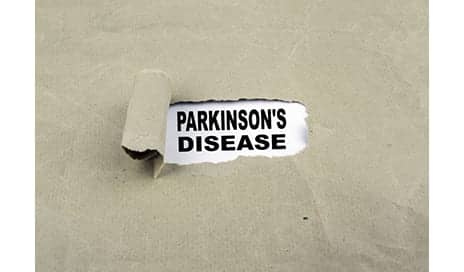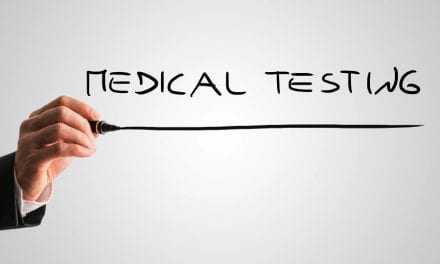Wish to monitor the decline in patients with Parkinson’s disease? Check the hands, University of British Columbia researchers note.
In a recent study, researchers from the University of British Columbia (UBC) Okanagan campus, examined the methods used to monitor the progressive advancement of Parkinson’s disease (PD).
Their research compared the results from electromyography assessments of leg and arm muscles to basic physical performance tests such as gait speed, balance, and hand grip strength.
“It became very clear that the hand-grip test was one of the functional tests that proved to be a reliable and valuable test measure,” says Jenn Jakobi, a Health and Exercise Science professor at UBC, in a media release from University of British Columbia Okanagan campus. “The hand-grip test is an easy and conclusive way to test muscle strength decline in this group of people.”
Participants in the study included 23 men and women with PD and 14 people without the disease, all 50 years or older living independently in Kelowna. They all wore a portable monitoring device to measure the activity in the muscles in their arms and legs for approximately 8 hours. Participants also underwent three physical function tests—hand grip, gait, and balance—each morning and afternoon.
According to co-researcher Gareth Jones, also a Health and Exercise Science professor at UBC, the data gleaned from the three physical tests was as conclusive and as informative as the lengthy recordings of muscle activity. And the tests were easier for participants and those administering the experiments.
“The hand-grip dynamometer is a tool that is easily accessible, easy to use, and is reliable,” Jones states in the release. “In addition they are readily available to health professionals such as family doctors, community therapists and physiotherapists.”
“It seems these devices have come full circle and are back being used by clinicians,” Jakobi adds. “It’s a tool that is ideal for Parkinson’s patients as you can easily record a decline in an individual’s physical strength and function as the disease progresses.”
The study was published recently in the journal Archives of Physical Medicine and Rehabilitation.
[Source(s): University of British Columbia Okanagan campus, Science Daily]





